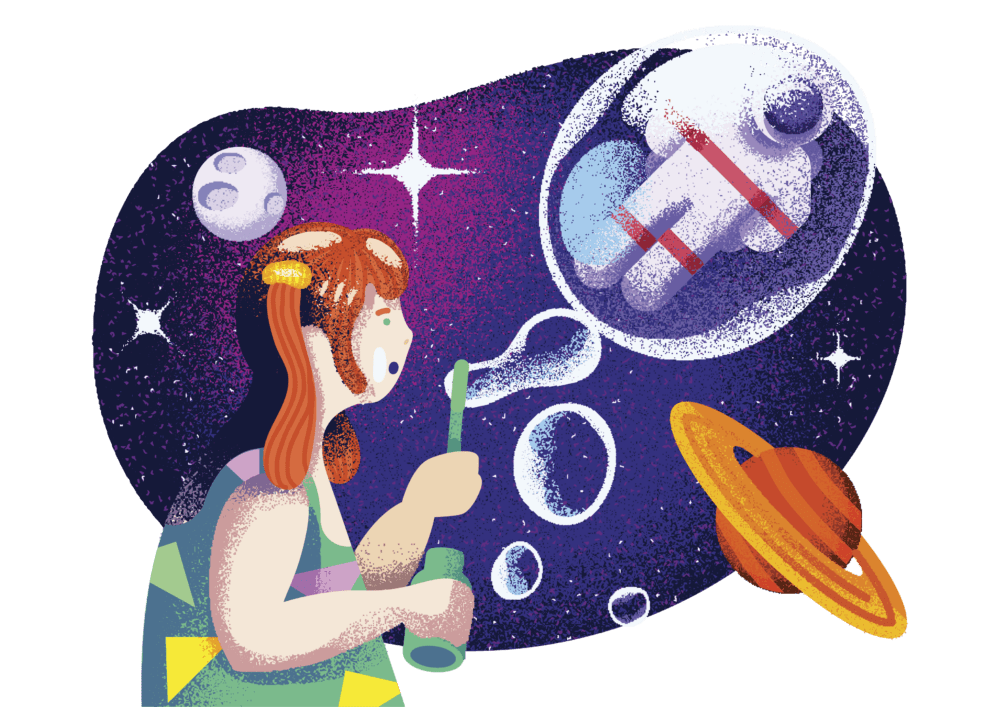Imagery holds a profound and transformative role in therapy. The mind’s ability to conjure vivid mental pictures can be a potent tool for healing, self-discovery, and personal growth. This article delves into the concept of imagery in therapy, exploring what it is and how it is utilized to facilitate positive change and emotional well-being.
Understanding Imagery in Therapy
Imagery in therapy refers to the use of mental images and visualization techniques to enhance the therapeutic process. These images can be memories, fantasies, symbols, or metaphors that surface from the subconscious mind. Therapists often guide individuals in creating and exploring these images to gain insights into their emotions, thoughts, and behaviors. By tapping into the power of imagination, therapy becomes a multi-dimensional experience, enabling clients to access buried feelings and confront unresolved issues.
The Role of Imagery in Healing
- Accessing Unconscious Thoughts and Emotions: Imagery serves as a bridge to the unconscious mind, allowing individuals to access repressed emotions, traumatic memories, and unresolved conflicts. By bringing these hidden aspects into conscious awareness, therapy can address and resolve deep-seated issues.
- Processing Trauma: For individuals who have experienced trauma, imagery can be a safe way to revisit and process distressing memories. Therapists often use guided imagery techniques to help clients reframe traumatic events, reducing their emotional charge and enabling healing to occur.
- Promoting Relaxation and Stress Reduction: Guided imagery can induce a state of deep relaxation, reducing stress and anxiety levels. By imagining serene and calming scenes, individuals can learn to manage their emotional responses and cultivate a sense of inner peace.
- Enhancing Self-Compassion: Imagery exercises can encourage individuals to visualize themselves with kindness and self-compassion. By creating positive self-images, clients can counter negative self-perceptions, building self-esteem and self-acceptance.

Techniques Utilized in Imagery-Based Therapy
- Guided Imagery: Therapists lead clients through a structured visualization process, encouraging them to imagine specific scenes, situations, or journeys. Guided imagery helps individuals explore their feelings, reactions, and perceptions in a controlled and supportive environment.
- Symbolic Imagery: Clients are encouraged to identify and explore symbols that hold personal significance. These symbols can represent emotions, relationships, or personal challenges. Analyzing these symbols can offer valuable insights into the client’s inner world.
- Creative Visualization: Individuals use their imagination to create mental images of desired outcomes or goals. Creative visualization techniques help clients focus on positive aspirations, promoting motivation and a sense of purpose.
Conclusion
Imagery in therapy is a versatile and potent therapeutic tool that empowers individuals to navigate the complex landscapes of their minds and emotions. By harnessing the power of imagination, therapists can guide their clients towards self-discovery, healing, and personal transformation. As our understanding of the human mind continues to deepen, the utilization of imagery in therapy stands as a testament to the infinite capacity for healing and growth within each individual.
Ready to begin? Start your online therapy journey today. Book your first session now.




